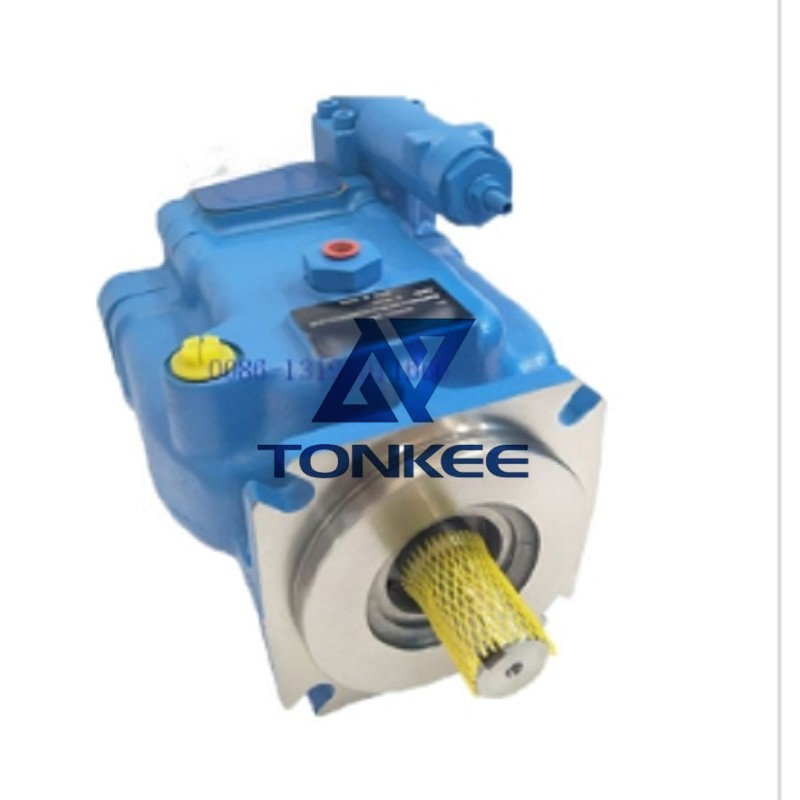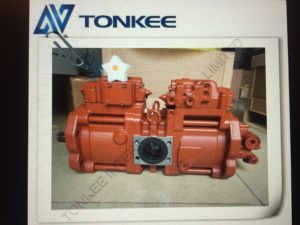
Operating Principle: Piston pumps work on the principle of pushing or pulling fluid through a chamber using one or more pistons.
They are known for their ability to generate high pressure and provide a continuous, steady flow of fluid.
Flow Rate: The flow rate, often measured in gallons per minute (GPM) or liters per minute (LPM), indicates how much fluid the pump can move in a given time. The flow rate may vary depending on the size and design of the pump.
Pressure Rating: Piston pumps are capable of generating high pressures. The pressure rating, typically measured in pounds per square inch (PSI) or bars, indicates the maximum pressure the pump can handle.
Piston Design: The piston design can vary, with options like single-acting or double-acting pistons. Single-acting pistons move fluid in one direction, while double-acting pistons can move fluid in both directions, providing a more consistent flow.
Materials of Construction: The materials used in the construction of the pump can vary depending on the intended application.
Common materials include stainless steel, cast iron, and various types of seals to ensure compatibility with the pumped fluid.
Power Source: Piston pumps can be powered by various sources, such as electric motors, internal combustion engines, or pneumatic systems. The power source specification will depend on the specific application and environment.
Size and Dimensions: The physical size and dimensions of the piston pump are important considerations, especially when space is limited. These specifications may also influence the installation and integration of the pump into a system.
Efficiency: Efficiency is a measure of how effectively the pump converts mechanical power into fluid flow. Higher efficiency pumps are often preferred to minimize energy consumption and operating costs.
Maintenance Requirements: Some piston pumps require more maintenance than others. Understanding the maintenance needs, such as seal replacements or lubrication intervals, is crucial for keeping the pump in good working condition.
Accessories and Options: Manufacturers often offer a range of accessories and options, such as pressure relief valves, filters, and control systems, to enhance the functionality and safety of the piston pump.



 English
English Русский язык
Русский язык




